How to Fix a Glitching iPhone Screen?
The sleign and advanced technology of the iPhone have redefined the smartphone experience. However, even the most sophisticated devices can encounter issues, and one common problem is a glitching screen. iPhone screen glitching can range from minor display anomalies to severe visual disruptions, affecting usability and overall satisfaction. In this article, we’ll delve into the causes of iPhone screen glitching, offer step-by-step solutions for fixing these issues.
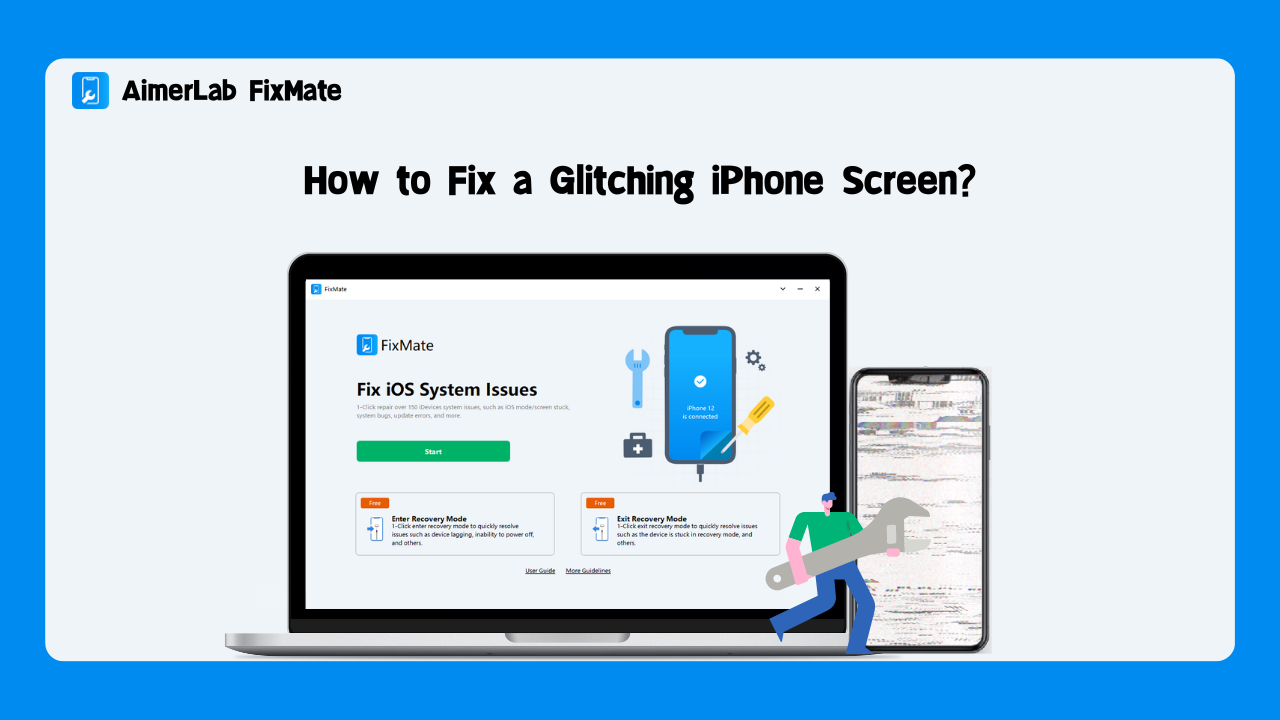
1. Why is my iPhone screen glitching?
iPhone screen glitching manifests as various abnormalities on the display, such as flickering, unresponsive touch, distorted graphics, color distortions, and freezing. Several factors can contribute to these issues:
- Software Bugs and Updates: Glitches can arise due to software bugs in the operating system or specific apps. Inadequate updates can also lead to compatibility issues between the software and hardware.
- Physical Damage: A cracked screen, water damage, or other physical trauma can disrupt the normal functioning of the display, resulting in glitches.
- Memory and Storage: Insufficient memory or storage space can impact the device’s ability to render graphics and interface elements correctly, leading to glitching.
- Hardware Malfunctions: Components like the display, GPU, or connectors may experience hardware malfunctions, causing visual anomalies.
2. How to fix a glitching iPhone screen?
Fixing iPhone screen glitching involves a series of troubleshooting steps. Start with the basics and progress to more advanced solutions if needed:
1) Restart Your iPhone
A simple restart can resolve minor glitches by clearing temporary data and resetting system processes.
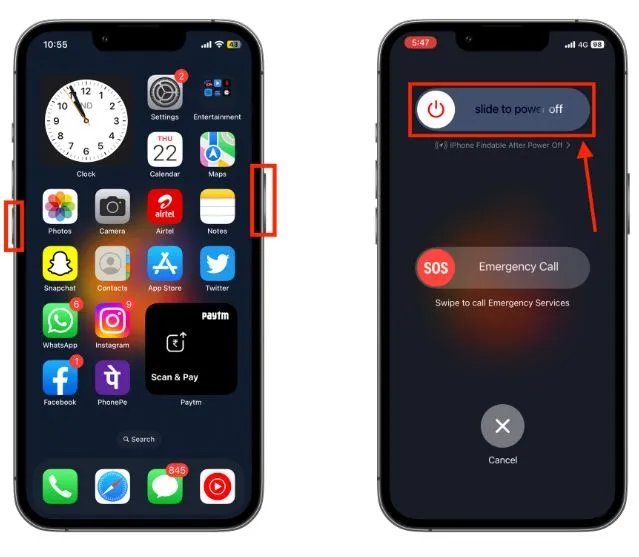
2) Update iOS and Apps
Make sure your iPhone’s operating system and apps are up to date. Developers make updates to address bugs and compatibility issues.
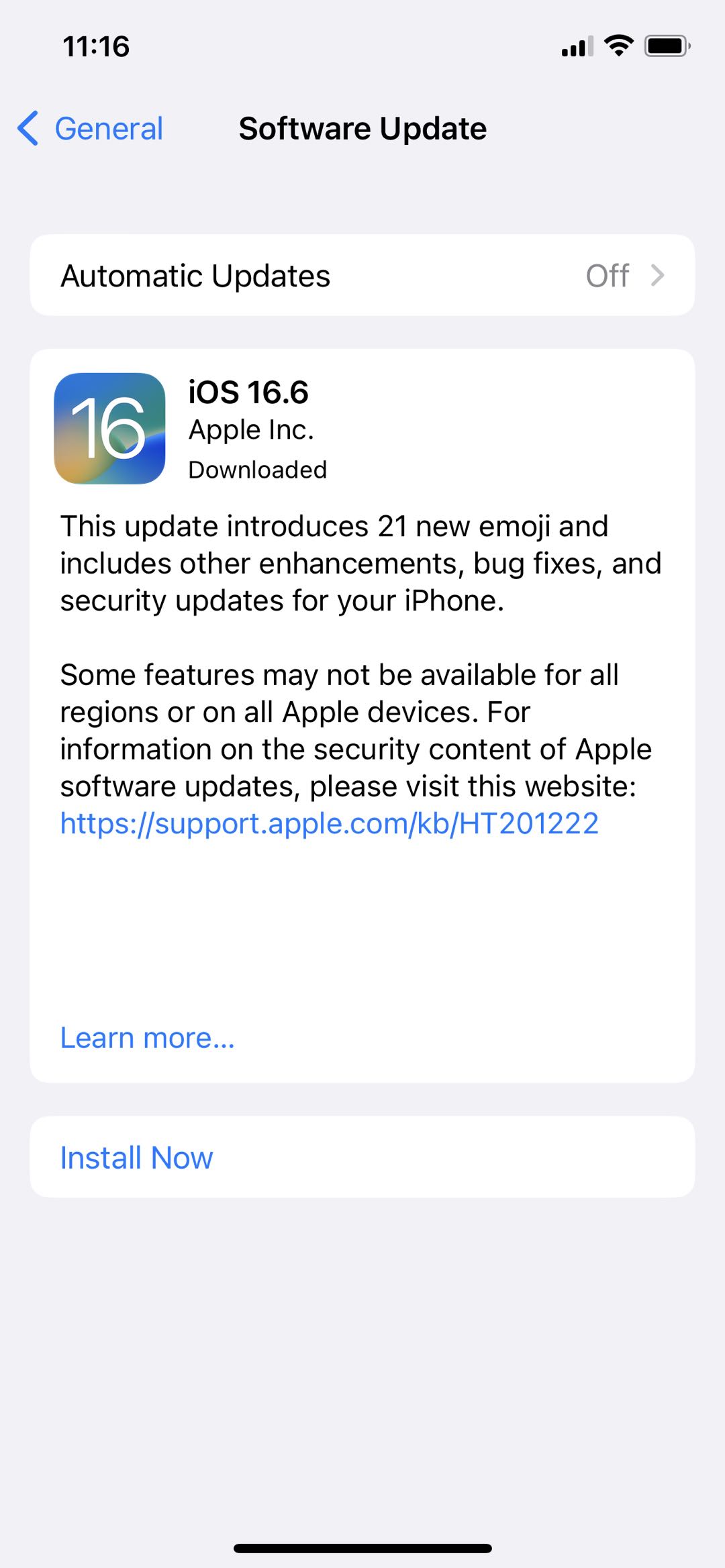
3) Check for Physical Damage
Inspect your device for any physical damage, especially to the screen. If you notice damage, a screen replacement might be necessary.
4) Free Up Storage
Clear out unnecessary files, apps, and media to ensure your device has sufficient storage space for optimal performance.
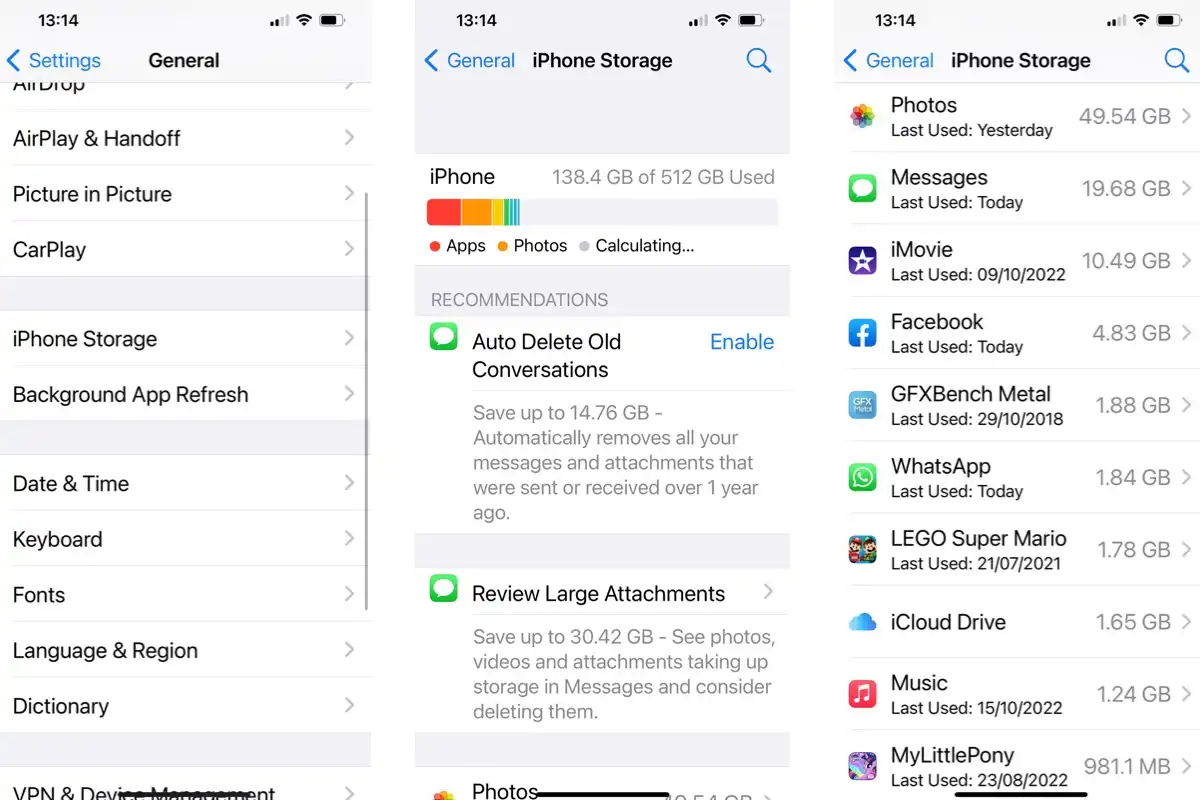
5) Reset Display Settings
Navigate to Settings > Display & Brightness and try adjusting settings like Brightness and True Tone.
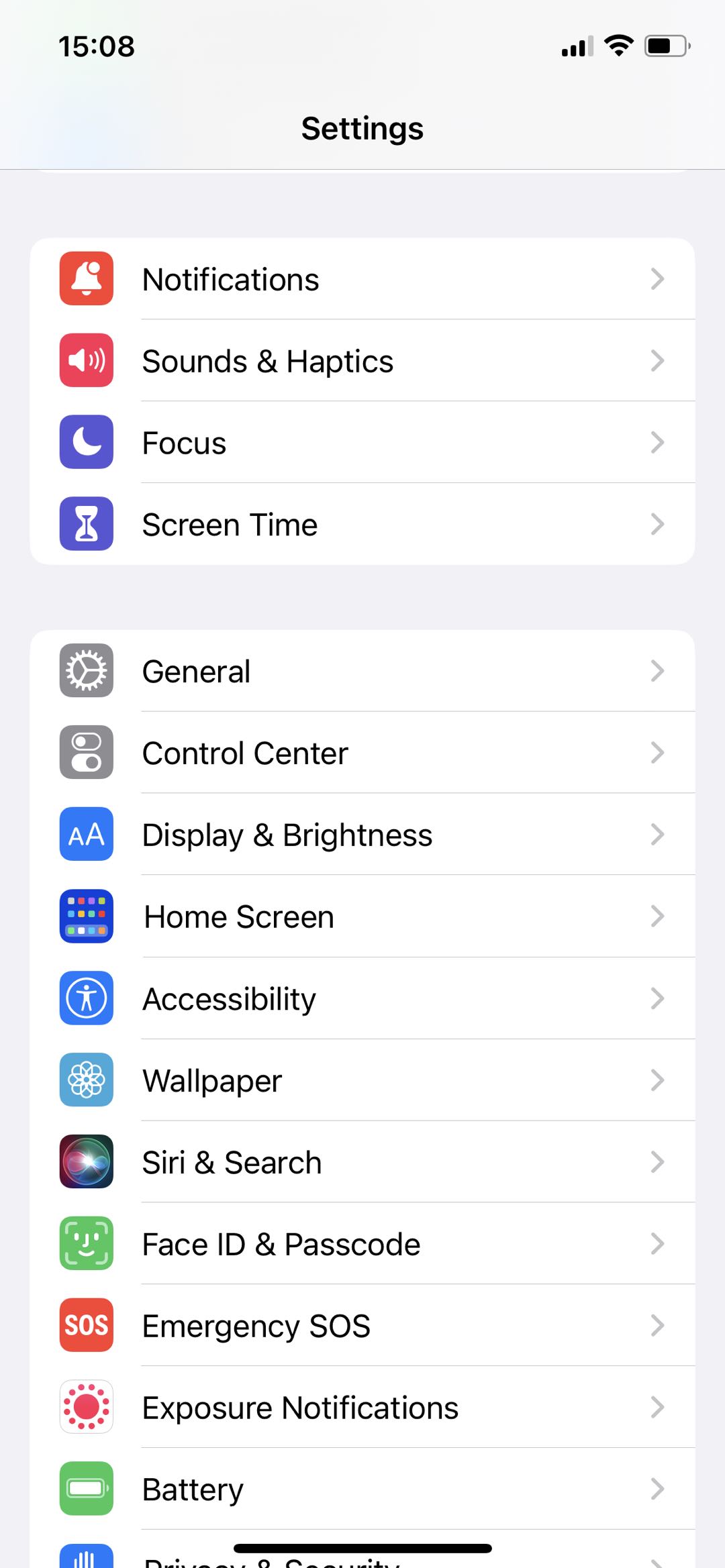
6) Force Restart
If your device becomes unresponsive, perform a force restart. The method varies based on your iPhone model; look up the correct procedure.
For iPhone 12, 11, and iPhone SE (2nd generation):
- Quickly press the Volume Up button and release it, then do the same action to the Volume Down button.
- Press and hold the Side (Power) button until the Apple logo appears, then release the button.
For iPhone XS, XR, and X:
- Press and let go of the Volume Up button quickly, then do the same action to the Volume Down button.
- Press and hold the Side (Power) button and continue holding it until the Apple logo appears, then release the button.
For iPhone 8, 7, and 7 Plus:
- Press and hold the Volume Down button.
- Press and hold the Sleep/Wake (Power) button.
- Hold both buttons firmly until the Apple logo displays, then let go of them.
For iPhone 6s and earlier (including iPhone SE 1st generation):
- Press and hold the Home button.
- Press and hold the Sleep/Wake (Power) button.
- Hold both buttons tightly until you see the Apple logo, then let go of them.
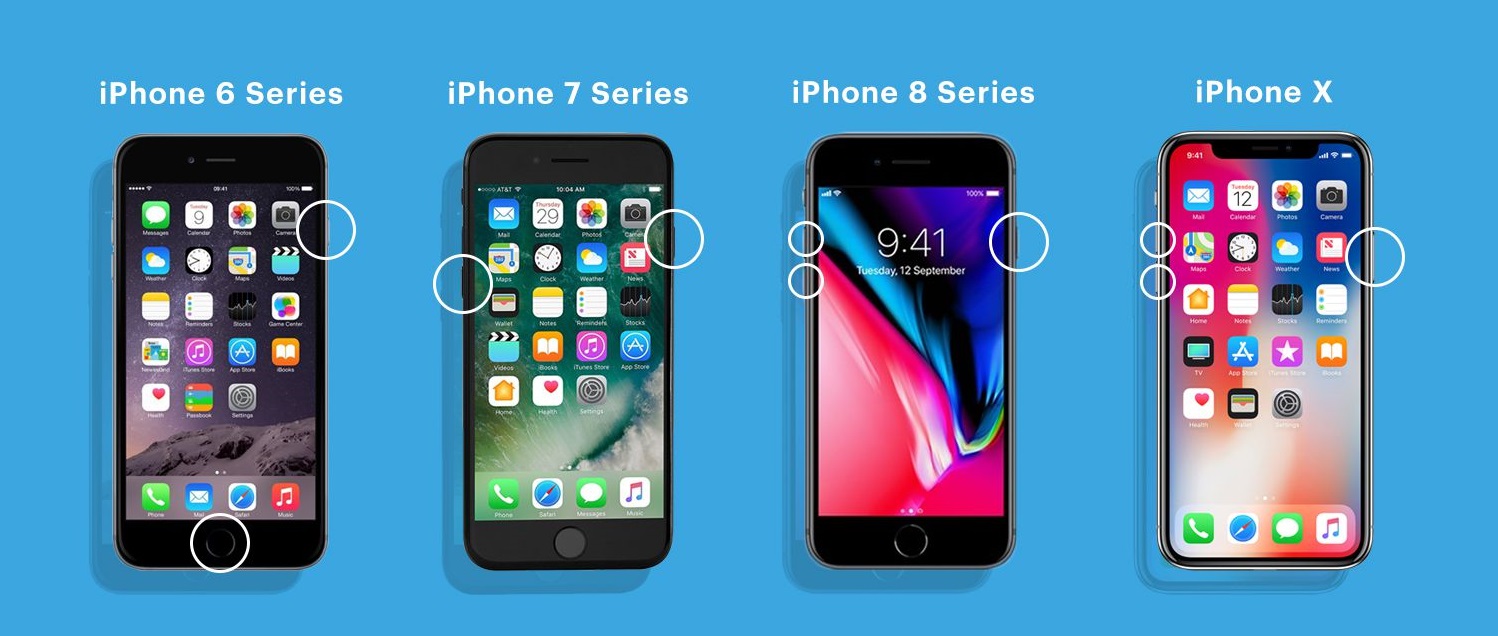
8) Factory Reset
As a last resort, consider a factory reset. Before moving forward, take careful to backup your data. Go to Settings > General > Transfer or Reset iPhone > Reset > Reset All Settings.
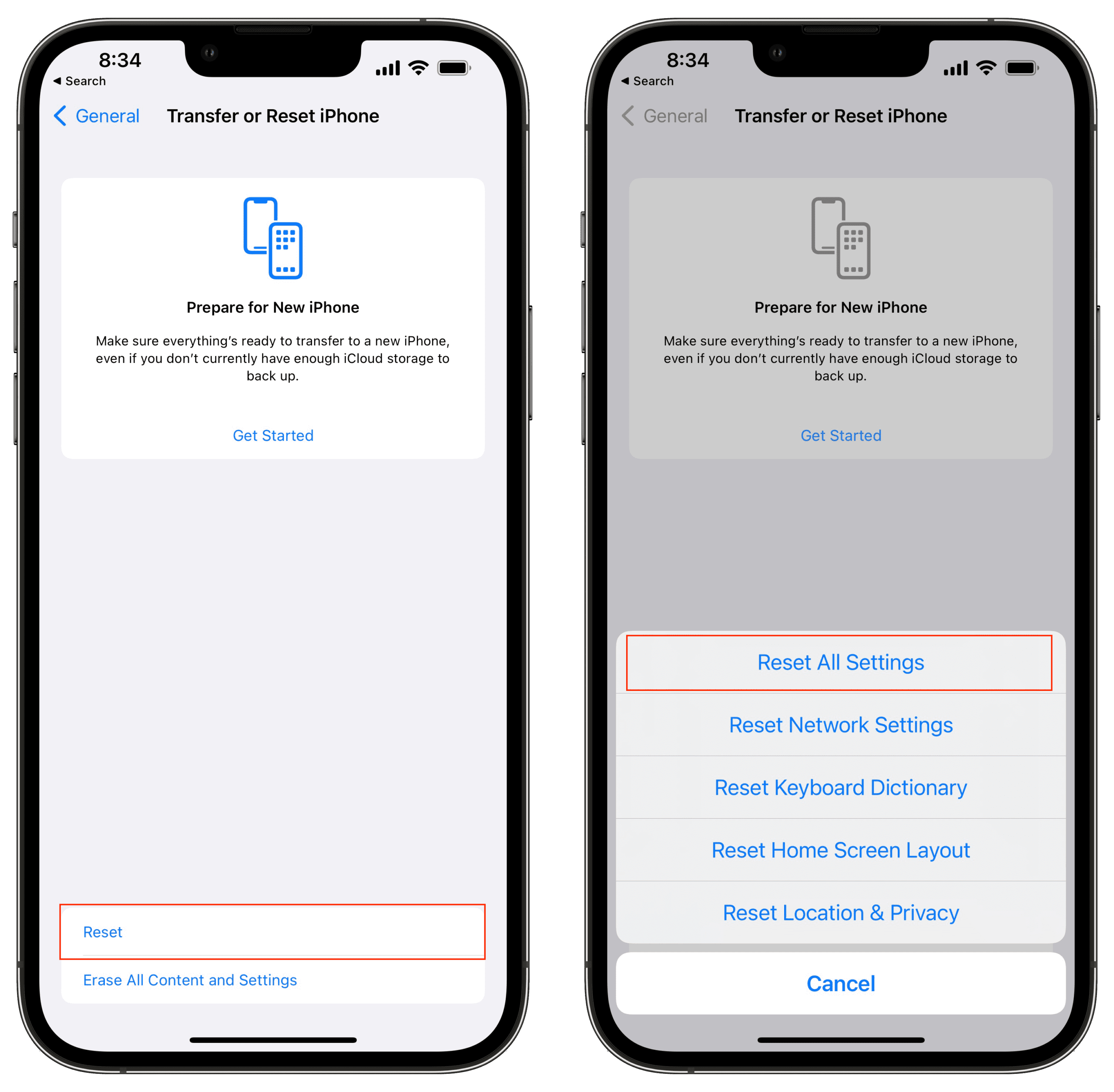
3. Advanced Method to Fix Glitched iPhone Screen
When standard solutions fail to address persistent screen glitching, an advanced solution like AimerLab FixMate can be invaluable. AimerLab FixMate is a professional iOS system repair tool that is designed to resolve 150+ iOS/iPadOS/tvOS issues, inclusing the glitched iPhone screen, stuck in recovery mode, stuck in sos mode, boot loopp, apdating errors and any pther issues. With FixMate, you can easily fix your Apple device system issues without downloading iTunes or Finder.
Now let’s see how to use AimerLab FixMate to fix iPhone screen glitch:
Step 1: Download FixMate and install it on your computer by clicking the download button below.
Step 2: Launch ReiBoot and connect your iPhone using a USB cable. FixMate will detect your device and show its’ model and status on the main interface. FixMate offers “Fix iOS System Issues” feature, designed to fix complex iOS issues. Click on the “Start” button to start fixing the glitched iPhone.
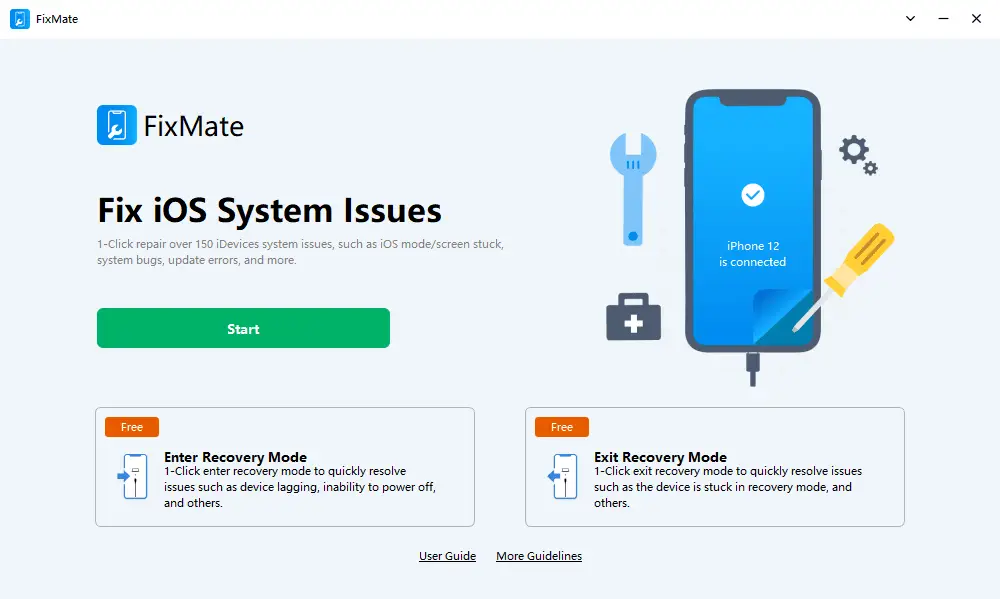
Step 3: FixMate offers two repair modes: Standard Repair and Deep Repair. Start with Standard Repair, as it fixes most issues without data loss. If the problem persists, opt for Deep Repair (this may result in data loss).
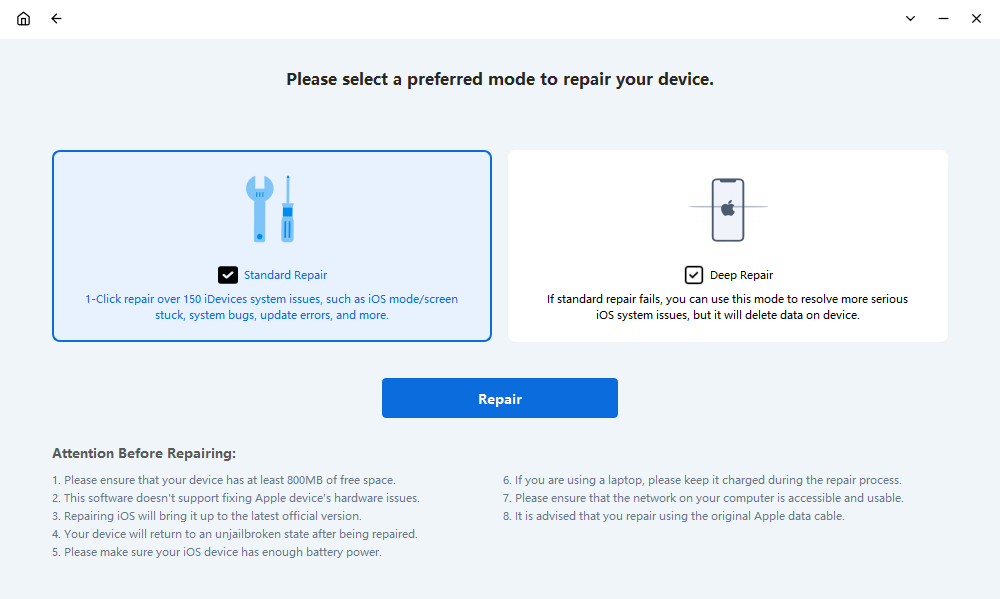
Step 4: FixMate will detect your device and provide a suitable firmware package. You need to click the “Repair” button to download it to initiate the repair process.
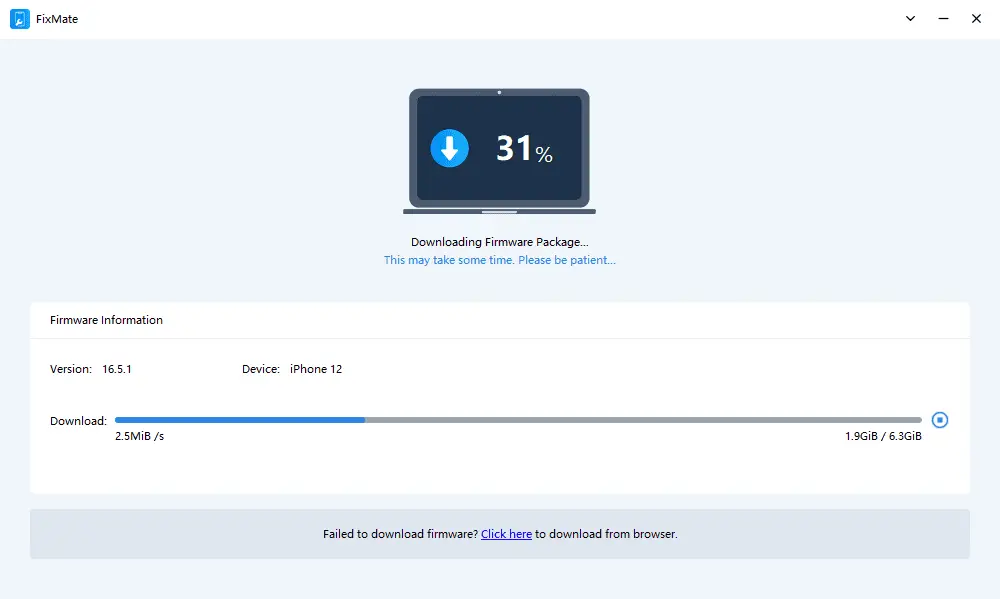
Step 5: After the firmware is downloaded, FixMate will begin the advanced repair procedure. The process might take some time, during which your device will restart. Keep your device connected and wait for the repair to finish.
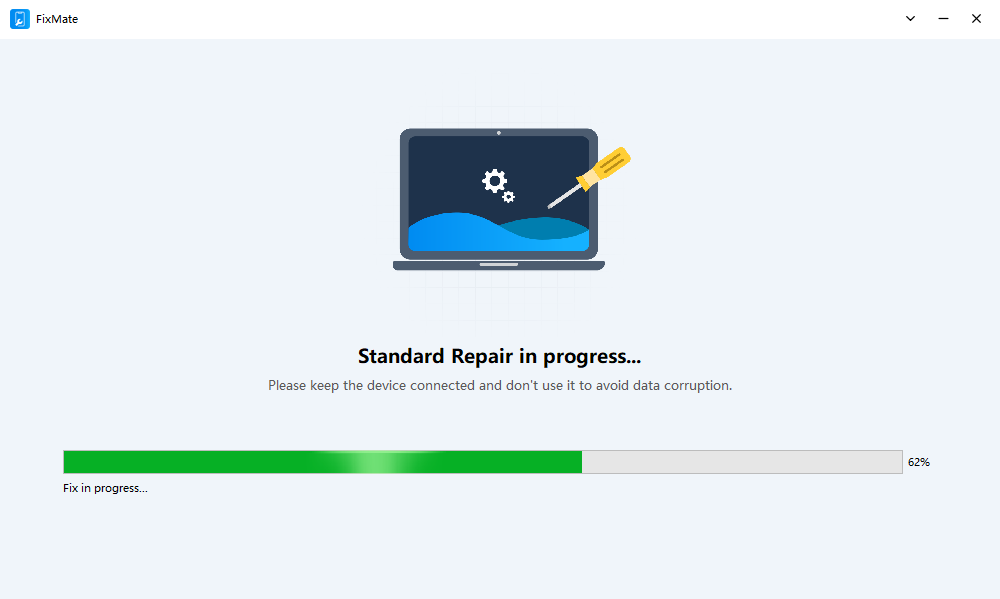
Step 6: Once the repair is complete, your iPhone will restart. Check if the screen glitching is resolved.
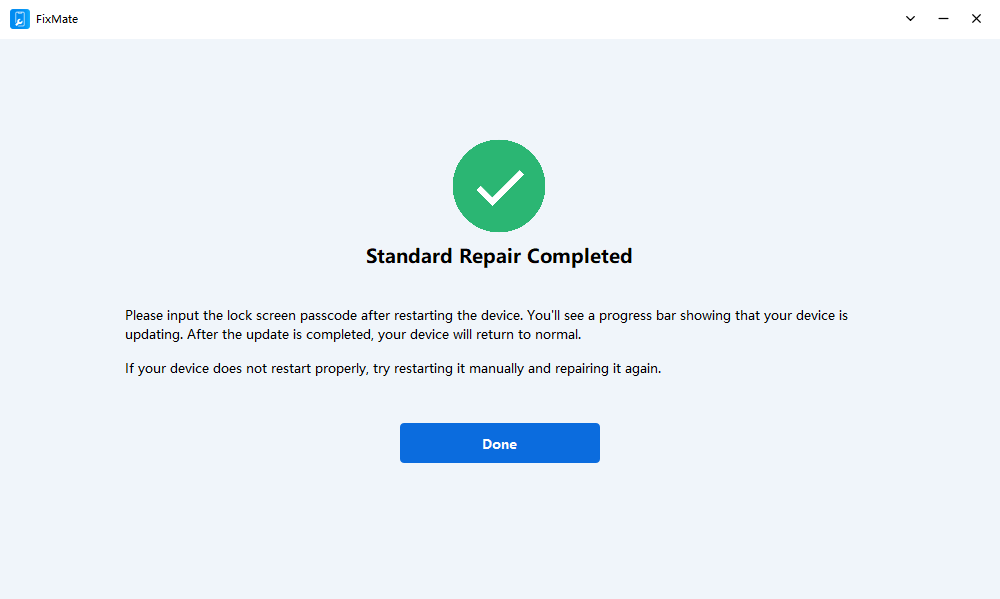
4. Conclusion
iPhone screen glitching can disrupt your device’s functionality and user experience. By following the troubleshooting steps outlined in this article, you can often address common screen glitches and restore normalcy. If standard solutions fall short, AimerLab FixMate offers an advanced approach to resolving complex screen glitches, potentially saving you from the hassle of seeking professional repair services or replacing your device altogether, recommend download FixMate to repair the glitched iPhone screen.
- Why Does My iPhone Screen Keep Dimming?
- iPhone Keeps Disconnecting from WiFi? Try These Solutions
- Methods for Tracking Location on a Verizon iPhone 15 Max
- Why Can’t I See My Child’s Location on iPhone?
- How to Fix iPhone 16/16 Pro Stuck on Hello Screen?
- How to Resolve Work Location Tag Not Working in iOS 18 Weather?




